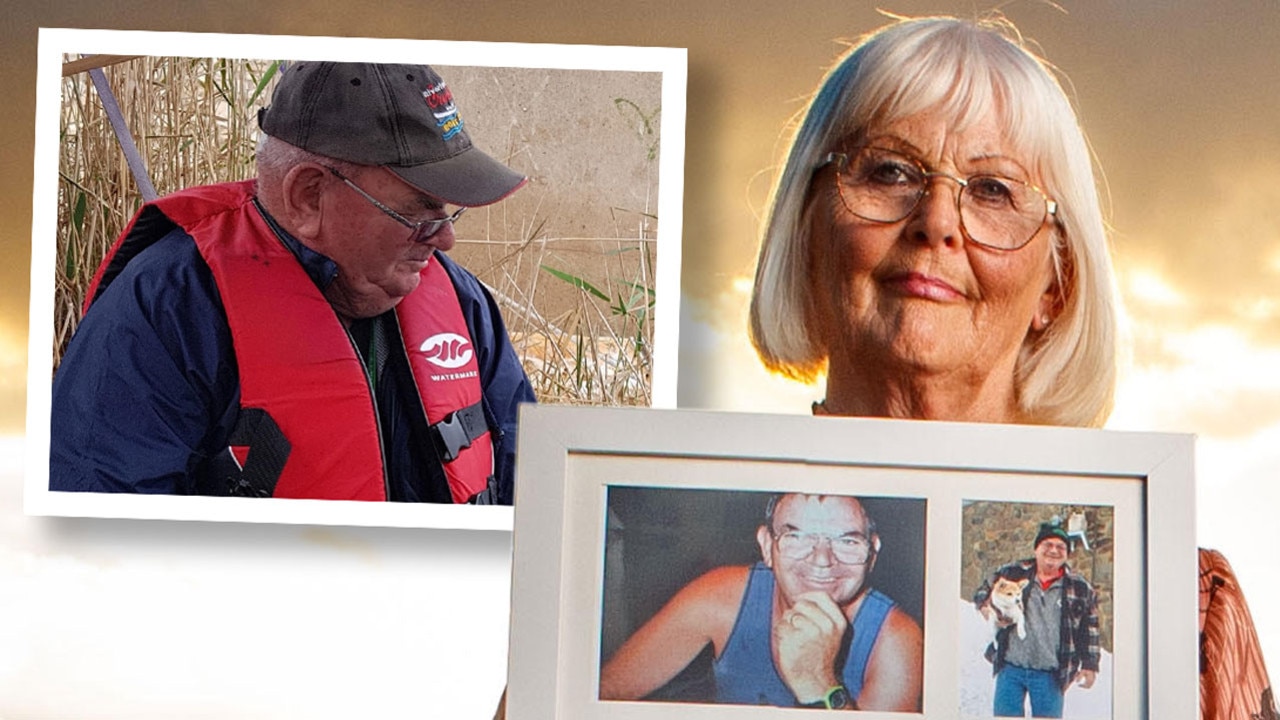More South Australians are dying than usual, according to Australian Bureau of Statistics ‘excess death’ data
Official births and deaths records reveal an alarming increase in SA’s mortality rate – and Covid is only part of the answer. Explore the data for your area and see for yourself.

More South Australians are dying than usual while the highest rates of death were in country towns, according to official figures that lay bare our problems with an ageing population and unhealthy lifestyles.
An analysis of Australian Bureau of Statistics death data has found the highest mortality rates over the past 10 years were recorded in Ceduna, Port Pirie, Port Augusta while 14 regional areas were among the top 20 SA locations.
Ceduna was ranked in the country’s highest 20 rates at 15th.
Derby-West Kimberley council area topped the national league table, followed by Coonamble in NSW and Katherine in the NT.
The SA locations with the lowest rates of death were Onkaparinga Council area in Adelaide’s south, followed by Charles Sturt and Port Adelaide, both of which are in the western suburbs.
Search for your SA local government area to explore the data
Almost 2300 extra people died in SA last year, compared to 2012 – a rise of almost a fifth, the official national data showed.
In comparison, the state’s population grew just 10 per cent over the past decade.
More people are dying from heart disease, dementia – in 1968 it was 40th highest – diabetes, cancer and alcohol-induced illnesses.
Bureau officials said Covid was Australia’s third-highest cause of death in 2022, which was the first time in more than 50 years an infectious disease was a top five cause.
Experts blamed factors including the “Baby Boomer” generation heading to end of life, a lack of disease checks, poor lifestyles and lack of exercise fuelling obesity, heart and other blood-type health issues.
They say it is the highest level experienced in more than 80 years since World War II.
Flinders University epidemiologist, Dr Jacqueline Stephens, said death was mostly seen from ischaemic heart disease, dementia, cerebrovascular disease and lung cancer.
“In general, these causes of death are greatly influenced by a number of factors, including our increasingly sedentary lifestyle, our past high levels of smoking and our ageing population,” she said.
Use the dropdown menu to filter by different diseases
“This means key factors, such as obesity, are also on the rise and there are clear links between obesity and cardiovascular health.
“An ageing population with people living longer lives, and chronic conditions that typically emerge after midlife, means more people are now living long enough to develop these chronic conditions.”
She said an increase in lung cancer was linked to high levels of smoking.
And vaping, or e-cigarette use was increasing, meaning “vaping will influence the lung cancer death rate in the future”.
She said it was surprising Covid-19 had emerged as the third most common cause of death.
Last year, 15,455 South Australians died, compared with 13,178 a decade ago.
Federal officials found SA’s “excess mortality” rate – or a higher-than-expected number of deaths above ABS modelling – was 8.9 per cent, which was down slightly on 2021.
Almost 44,000 extra people died across the country than 10 years earlier, according to an ABS table published last week.
ABS head of mortality statistics, Lauren Moran, said there were almost 20,000 more deaths nationally recorded last year than in 2021 – half of which were blamed on Covid.
She said ischaemic heart disease was still the leading cause of death, accounting for more than 18,500 – or one in 10 deaths – the majority of which were male.
Use the dropdown menus to see the data by state, and a breakdown of the data
She said the top five causes of death were ischaemic heart disease, dementia including Alzheimer’s disease, Covid-19, cerebrovascular diseases (strokes) and lung cancer, which
“When combined, it accounted for more than a third of all deaths,” she said.
SA Health’s top medico, Professor Nicola Spurrier, said accurate analysis required detailed information on all causes, which takes significant time to fully assess.
“While there have been fewer deaths in 2023 from Covid-19 compared to 2022,” said Prof Spurrier, the chief public health officer.
“It is clear from analysing excess mortality data that the virus continues to have a significant negative impact on our community.
“However the situation would have been far worse if it were not for the widespread availability of vaccines, the high uptake of Covid-19 vaccination in South Australia and access to antiviral treatments.”




